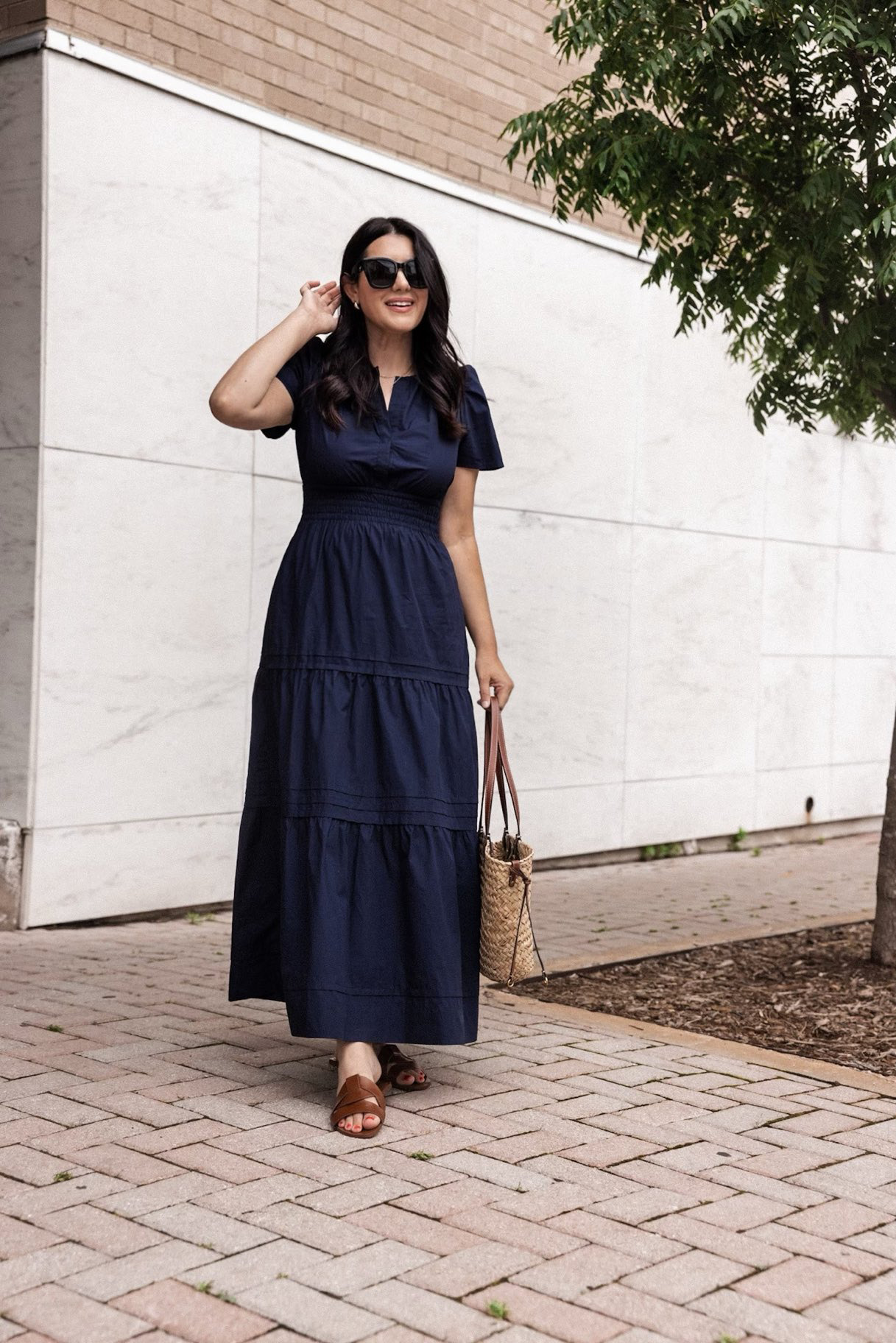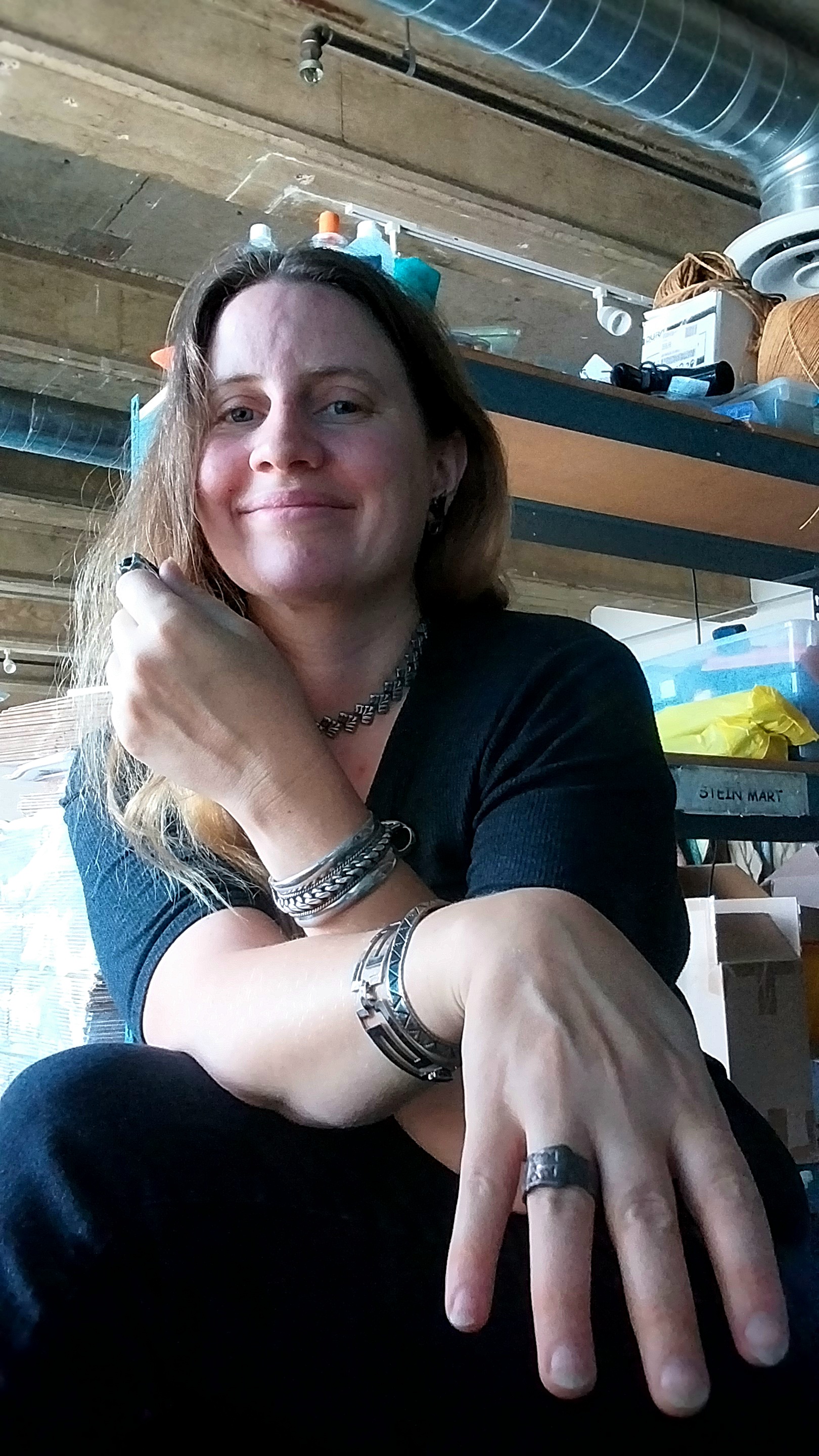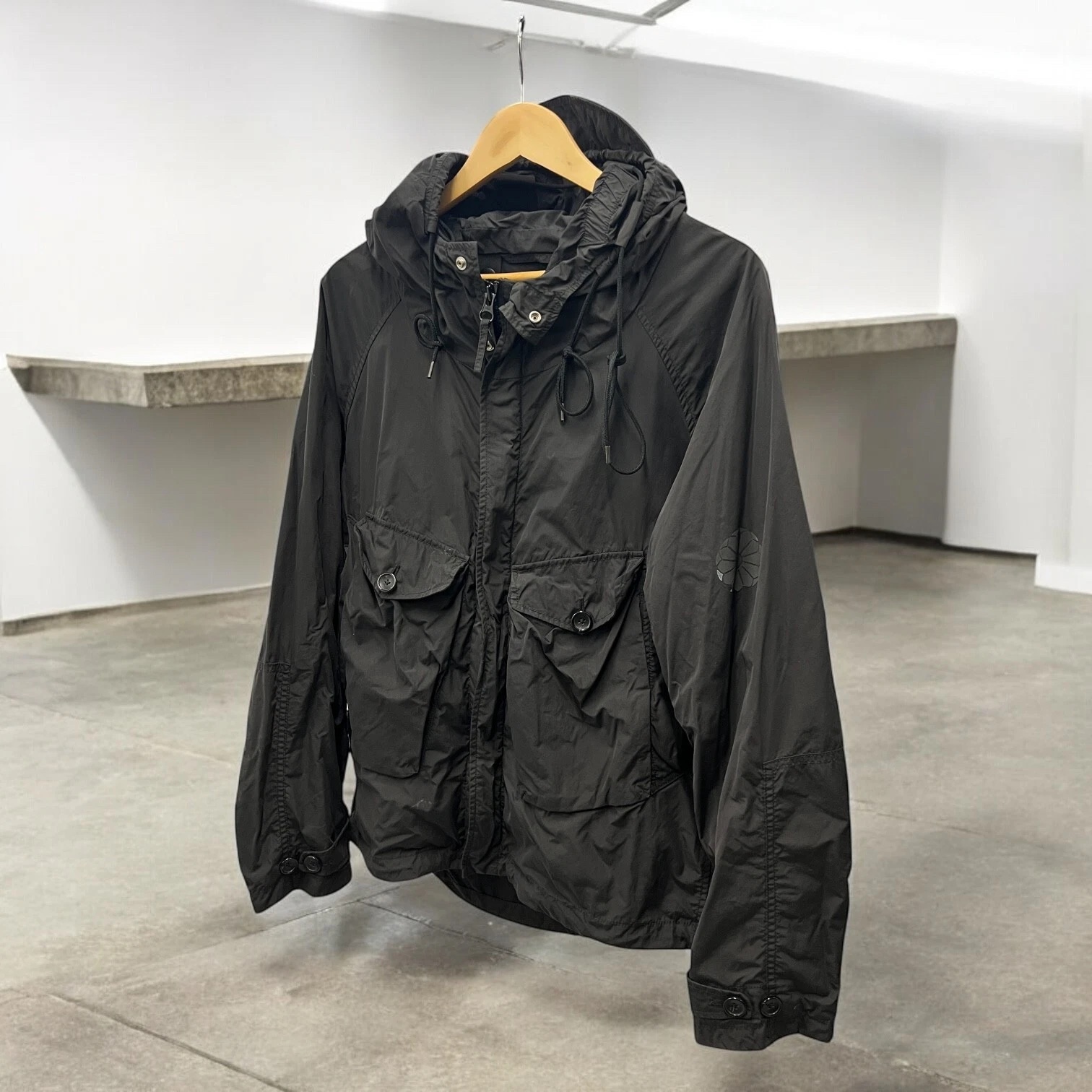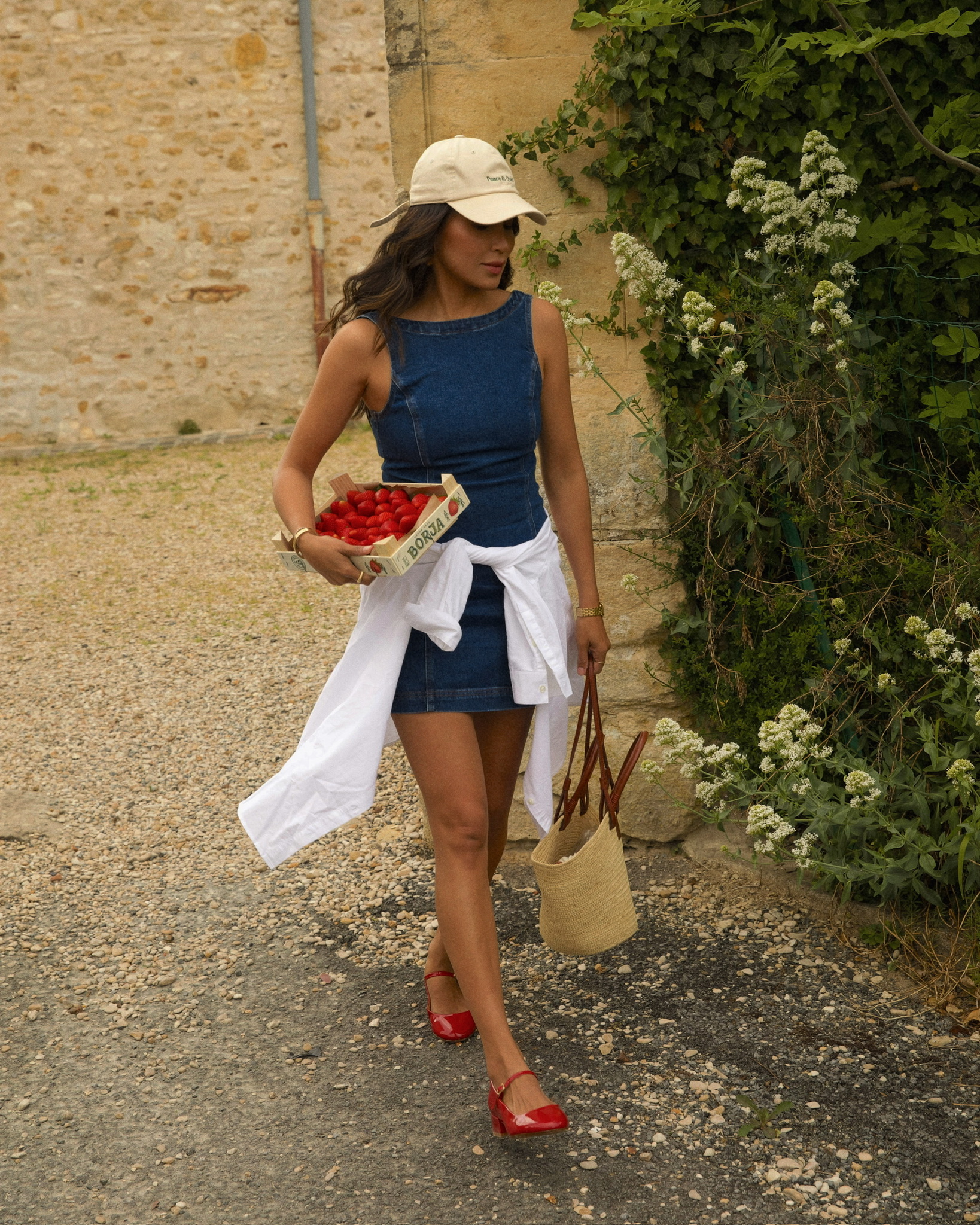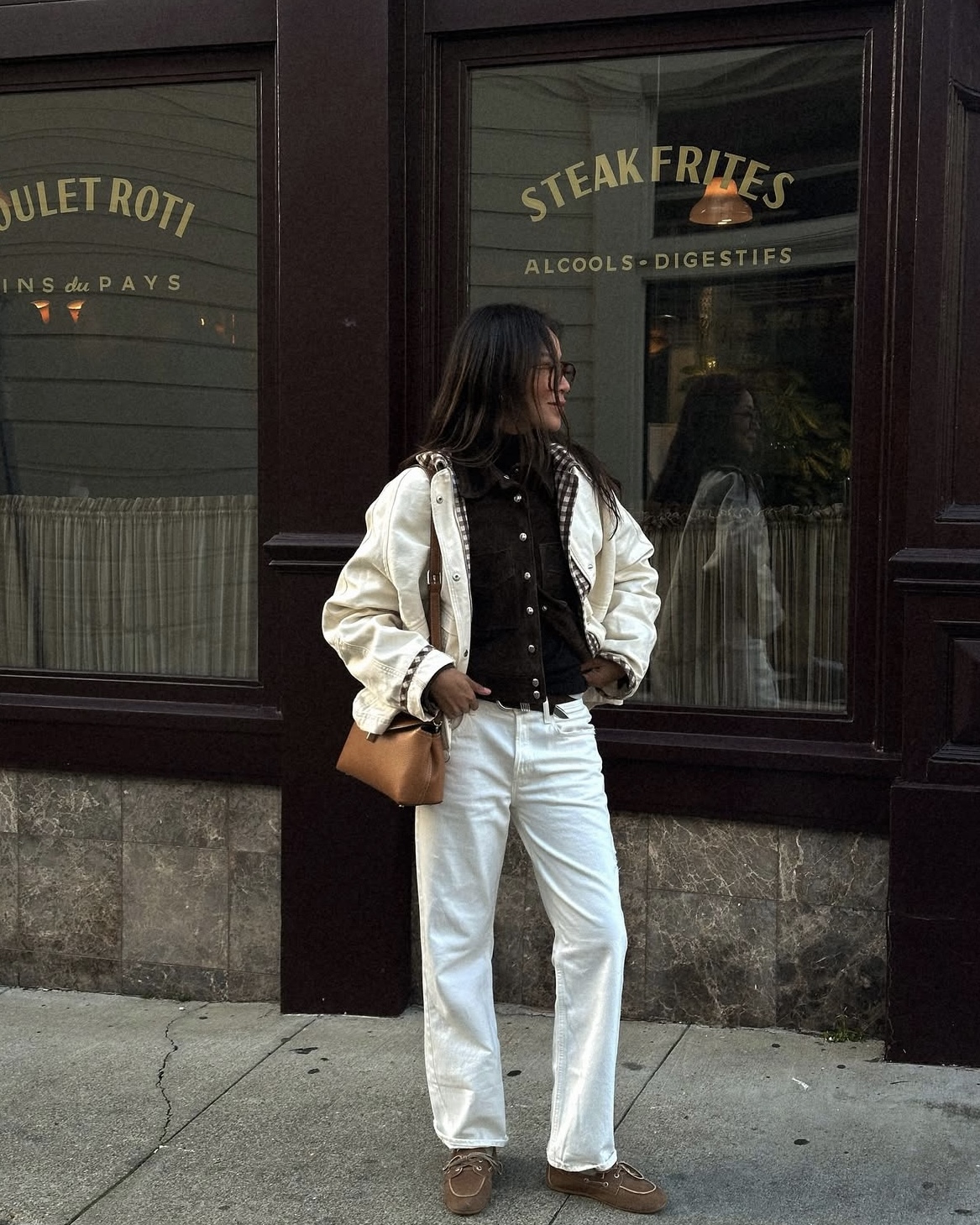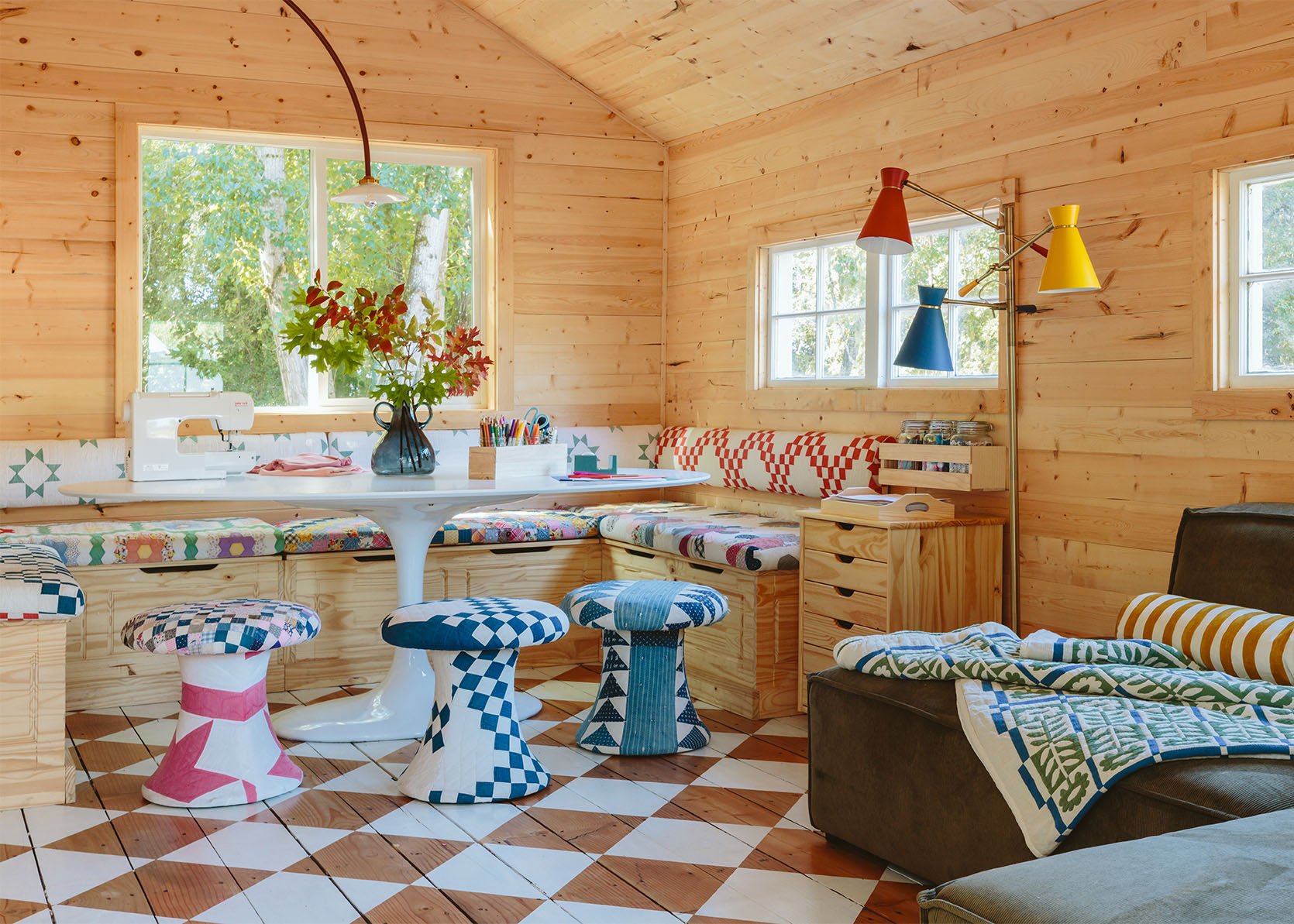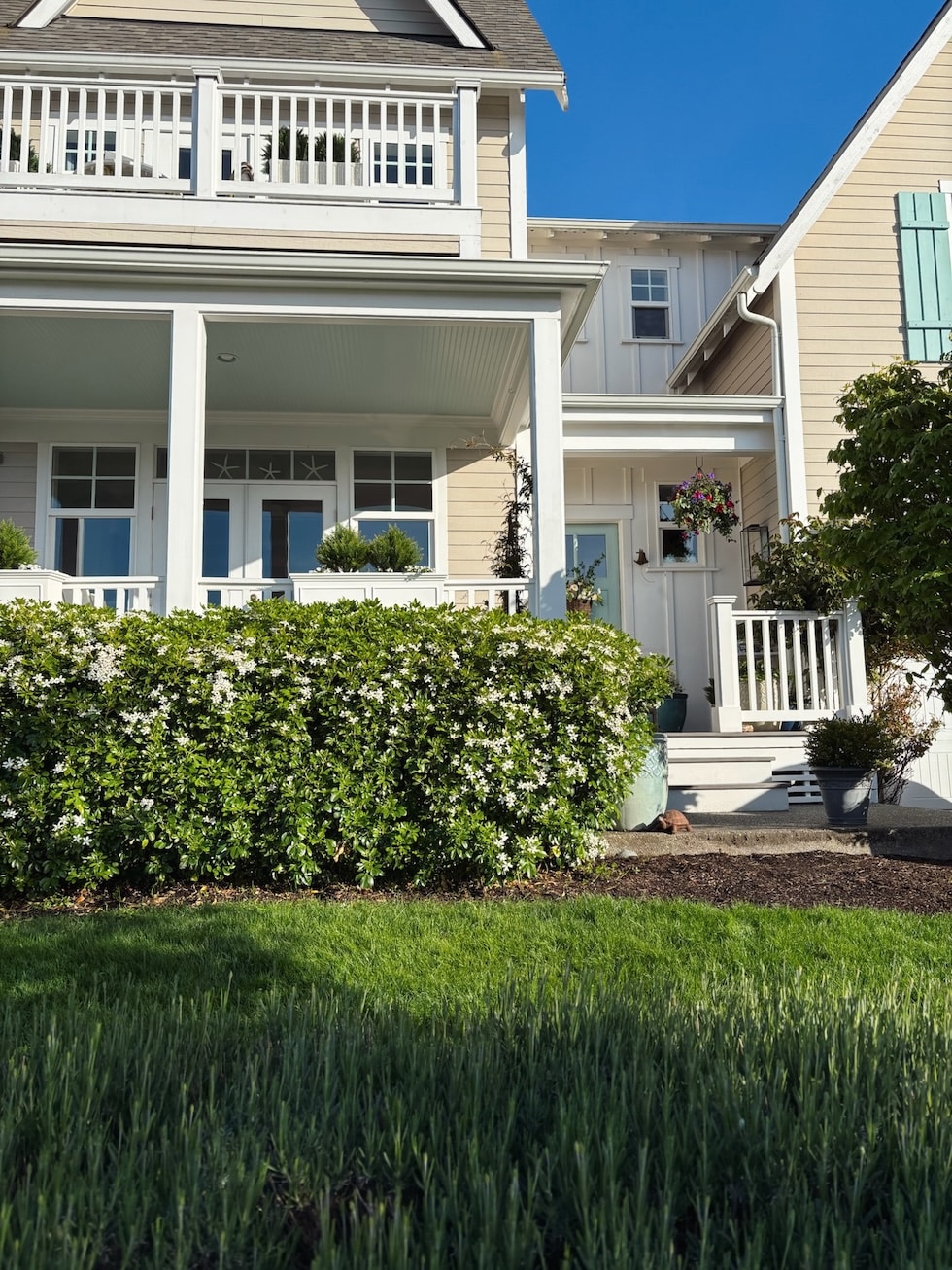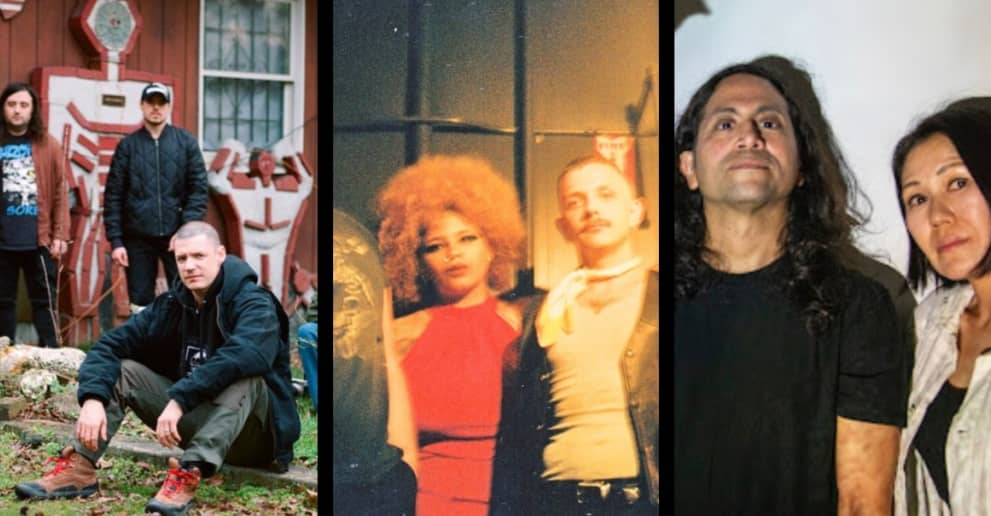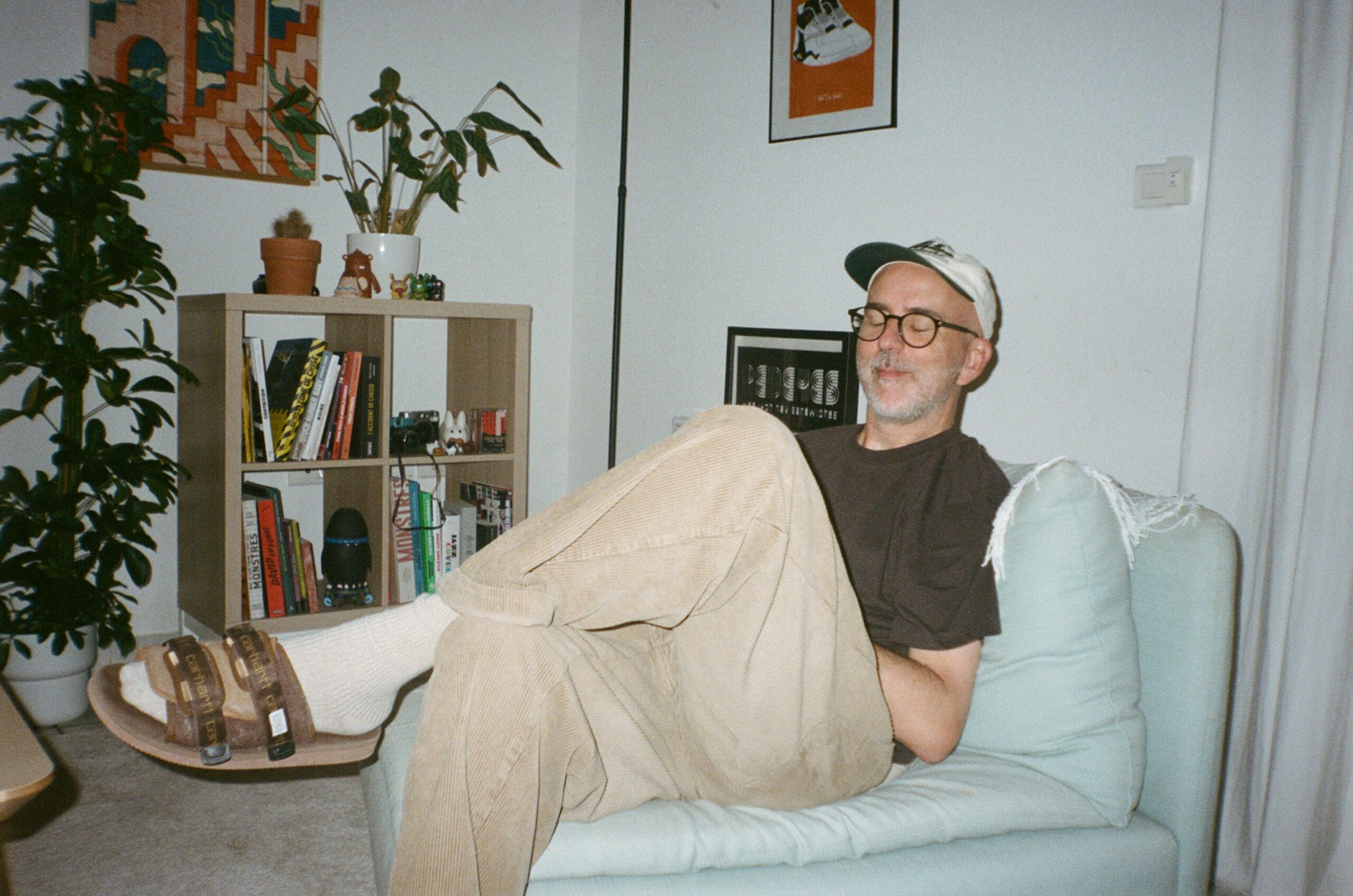Low-carbon Somerset thatch among projects from Manchester School of Architecture
Dezeen School Shows: a project exploring the low-carbon emissions of a locally-sourced thatch is among projects from the Manchester School of Architecture. Also featured is a centre created to honour the textile history of Manchester, UK, and a workspace that accommodates to the needs of people with autism. Manchester School of Architecture Institution: Manchester Metropolitan University The post Low-carbon Somerset thatch among projects from Manchester School of Architecture appeared first on Dezeen.


Dezeen School Shows: a project exploring the low-carbon emissions of a locally-sourced thatch is among projects from the Manchester School of Architecture.
Also featured is a centre created to honour the textile history of Manchester, UK, and a workspace that accommodates to the needs of people with autism.
Manchester School of Architecture
Institution: Manchester Metropolitan University and The University of Manchester
School: Manchester School of Architecture
Courses: BA (Hons) Architecture
Tutors: Anna Gidman, Sam Holden, Curtis Martyn, Stefan White, Johnathan Djabarouti, Mike Daniels, Victoria Jolley, Matt Ault, Dan Newport, Lindsay Bush, Vilius Petraitis, Hazem Ziada, Dragana Opačić Wilkinson, Paul Robinson, Richard Morton, Rachel Newton, Sarah Renshaw, Victoria Adegoke, Rachel Carter-Jones, Jakleen Al-Dalal'a, Guillermo Sánchez Sotés, Dan Renoso-Urmston, Rosa Urbano Gutierrez, Ranbir Lal, Siobhan Barry, Ben Blackwell, Kim Förster, Ewan Harrison, George Jepson, Alan Lewis, Leandro Minuchin, Léa-Catherine Szacka, Stephen Walker, Matthew Wells, Rosamund Lily West, Danilo Gomes, Matt Ault, Siobhan Barry and Glenn Ombler
School statement:
"The BA programme at Manchester School of Architecture is a collaboration between the University of Manchester and Manchester Metropolitan University and includes the inspiring B.15 workshop who have an exhibition at the Venice Biennale this year.
"A strong awareness of the climate crisis and environmental responsibility underpins the curriculum and this has revealed itself in some interesting final studio projects.
"There is a tangible shift towards innovative and natural materials, which we hope to see more of in practice.
"Our course becomes more personalised as students progress; final year humanities electives align with staff research, and students select a studio atelier each with distinct design approaches.
"Students work in vertical ateliers alongside postgraduate students in architecture and landscape architecture, enriching their learning through collaboration and mentorship.
"We thank students, staff, guests and collaborators for their continued support and enthusiasm. Together we shape our school and contribute to the future of the architectural profession."

Creating Sensory Inclusive Workspaces Incorporating the Natural Environment by Jasmine Hyde McNair
"The architecture atelier is a studio that focuses on community and inclusion.
"This featured project explores the development of a small site on a former steelwork site in Sheffield, adjacent to a canal, to create an inclusive site that accommodates workspaces, a small entertainment space and a café. These are all adapted to meet the varying needs of autistic workers.
"The overall design is inspired by the concept of an urban sanctuary, with the main high rise office building in a tree shape with a green roof and sanctuary.
"This provides a range of workspaces for a population underrepresented in work with the benefit of the mental health boosting aspects of nature and green spaces.
"Unlike many modern workspaces, the building has smaller offices with the flexibility to divide them as needed, tactile surfaces, a degree of control over the local environment and separate social space.
"These adaptations allow users with different sensory needs to adapt their local workspaces to meet individual needs.
"The café similarly facilitates dining in smaller groups if needed, with a maze structure separating spaces efficiently. Its separation from the other workspaces reduces noise and smell within the office building and workshop spaces."
Student: Jasmine Hyde McNair
Course: BA(Hons) Year 3 – Architecture Atelier
Tutors: Sam Holden, Curtis Martyn and Stefan White

Procession Through Place: an architectural celebration of community, continuity and carnival by Sienna Oakley
"Continuity is an atelier rooted in contextualism, exploring how architecture can respond to the heritage, history and character of a place.
"This year's brief invited students to reimagine Crewe through interventions that bridge past and present, addressing contemporary community needs while celebrating local identity.
"Sienna Oakley's project, Procession Through Place, transforms the North Crewe Signal Box into a civic landmark that honours the town's industrial and cultural heritage.
"Inspired by the spirit of the now lost Crewe Carnival, the scheme revives performative traditions through architectural storytelling.
"At its heart, the reinstated Big Bill clock tower acts as a beacon of memory and movement. Lightweight extensions cascade from the existing brick structure, forming a procession of platforms, gathering spaces and thresholds.
"These additions introduce a rhythm of transparency and pause – spaces that encourage interaction, reflection and celebration.
"Through this adaptive reuse, the project repositions the signal box as both a site of remembrance and participation – where the architecture becomes a stage for shared experience and renewed continuity."
Student: Sienna Oakley
Course: BA(Hons) Year 3 – Continuity Atelier
Tutors: Johnathan Djabarouti, Michael Daniels and Victoria Jolley

The Living Machine by Engjell Krasniqi
"CPU[ai] challenges students to explore architecture through innovation and fabrication, using hybrid digital and material experimentation.
"Set within Greater Manchester's Atom Valley, the brief calls for designing a facility for making and showcasing material advancements in response to societal and environmental urgencies.
"The Living Machine envisions a manufacturing hub for humanoid robots – designed to support humanity in post-apocalyptic futures – and investigates how architecture can operate simultaneously as shelter and intelligent machine.
"Set within a cavernous industrial shell, the facility acts as a living machine, assembling humanoid robots to protect human life eventually.
"The inspiration stemmed from Do Androids Dream of Electric Sheep?, H.R. In Giger's 'New York VI', Deleuze and Guattari's 'A Thousand Plateaus' and Bill Hiller, the design reflects fragmented societal structures and machine-consciousness convergence.
"The architecture's skin is a monocoque shell fused with bolted joints that collect rainwater for reuse, while the interior embeds a space syntax, a method of configuration space using graphs and network theory to understand patterns of movement and interaction.
"The internal environment channels a sci-fi aesthetic through dim, ambient-lit workstations and bio-mechanical constructs."
Student: Engjell Krasniqi
Course: BA(Hons) Architecture Year 3 – [CPU]ai Atelier
Tutors: Matt Ault, Dan Newport
Extended team: Bea Martin, Jo Cook, Mark Shatnov, Valerio Stuart and John Dent

Urban Metamorphosis by Madeleine Arnell
"The 'flux' atelier explores architecture as a temporal, evolving practice. The brief invited students to establish a state of change through situated practices on a chosen site in Mayfield, Manchester.
"Urban Metamorphosis reimagines a neglected brownfield site as an evolving ecological sanctuary, investigating flux's temporal considerations through dialogues of transformation, material decay and the rhythms of nature.
"Salvaged materials from nearby demolished warehouses form a tower, acting as both a monument to Mayfield's industrial past and a refuge for overlooked non-human species amidst Manchester's urban expansion.
"Openings for human and non-human visitors and irregular pathways blur boundaries between species and space, shaping an architectural ecosystem of shared inhabitation.
"Irregular pathways spiral around and within the structure, guiding visitors and preserving coexistence with other species.
"Along the site's edge, a research centre monitors the tower's ecological impact, extending the dialogue between intervention and natural process.
"Urban Metamorphosis returns Mayfield's urban fabric to the slow rhythms of natural transformation, offering an alternative vision for regeneration – one rooted in temporality and coexistence."
Student: Madeleine Arnell
Course: BA(Hons) Architecture Year 3 – Flux Atelier
Tutors: Lindsay Bush, Vilius Petraitis, Hazem Ziada
Extended team: Daniel Dubowitz, Bernadette Bone, Amy Hanley, Raymond Lucas, Chris Maloney, Mike Rostock and John Wood

The Symbiotic Future by Da Lan
"Infrastructure Space Atelier explores the infinite possibilities of the future through informed speculation grounded in research and data, proposing evolving systems that reshape our built environment at urban and territorial scales.
"This year, BA3 students will focus on the theme of transportation, investigating what is being transported – material, spatial or cultural.
"Symbiotic Future as a manifestation explores the evolving relationship between humans and artificial intelligence (AI) in the making of architecture.
"The design is set within a vessel-like structure, considering architecture as a shared act of maintenance and making, where AI and human operate in tandem to co-construct and continuously adapt to the environment and community.
"The proposed design is not fixed but in flux – AI learns from the day-to-day construction and deconstruction of architecture.
"This project contributes to broader conversations around co-creation and technological symbiosis, proposing an architectural future that is not static but responsively maintained through intricate interaction between human and AI."
Student: Da Lan
Course: BA(Hons) Architecture Year 3 – Infrastructure Space Atelier
Tutors: Dragana Opačić Wilkinson, Paul Robinson and Richard Morton

The Sky Polis by Konstantinos Karadimitris
"Praxis is a feminist architecture atelier, with an aim to design through political narratives that have been born from personal reflections.
"Students are encouraged to unlearn the normative architectural practices and instead develop thinking grounded in individual and collective stories.
"Inspired by the lost and fragmented stories of Greek goddesses Athena, Hera and Demeter, the project's inherited social responsibility is the reclamation of stories.
"Their overlooked narratives were used as a foundation to explore themes of memory, power and collective storytelling in architecture.
"This project, the Sky Polis, proposes a spatial journey through the site in Hulme that reclaims the authorship of an individual's personal story.
"The scheme introduces five key spaces: the library, workshop, market, amphitheatre and temple, each representing a chapter in the cyclical process of learning, creating, retelling, transmitting and reflecting.
"The organisation of space has been influenced by ancient Greek precedents but reconsidered to embed local history and myth in balance.
"The Sky Polis is where divinity meets architecture, empowering the voices that were once silenced by weaving together mythology, activism and local heritage."
Student: Konstantinos Karadimitris
Course: BA(Hons) Architecture Year 3 – Praxis Atelier
Tutors: Rachel Newton, Sarah Renshaw, Victoria Adegoke, Rachel Carter-Jones and Jakleen Al-Dalal'a

Monastery of Mining by Myles Davies
"Non-standard habitats is a new architecture atelier exploring speculative futures for lithium mining communities.
"Based in Cornwall, it invites students to design self-sufficient settlements that balance the urgent energy transition with the protection of local ecologies, communities and industrial mining heritage.
"The Monastery of Mining reimagines monastic life by uniting devotion, labour and communal living into a model for rural revitalisation and cultural resistance.
"Located in Cornwall, it addresses educational deprivation, particularly in areas like Pendeen, through a training hub focused on lithium extraction, geology and geothermal energy.
"The project aligns local development with global sustainability goals while confronting Cornwall's legacy of cultural erasure, referencing the prayer book rebellion and suppression of the Cornish language.
"Through architecture that blends Celtic and industrial typologies, it reclaims symbols of extraction into a monolithic expression of future potential and territorial identity.
"The facility comprises three key components: a lithium educational centre, a direct lithium extraction (DLE) workshop using derivative byproducts to create new materials and a co-housing complex that promotes collective sustainability through use of cutting-edge materials emerging from the project's own research.
"Together, these elements form a living prototype where education, industry and everyday life are deeply interwoven, a cultural sanctuary and industrial beacon for Cornwall's post-extractive future."
Student: Myles Davies
Course: BA(Hons) Architecture Year 3 – Non-Standard Habitats Atelier
Tutors: Rosa Urbano Gutierrez and Ranbir Lal

Contemporary Perspectives on Environmental Histories of Architecture by Jamie Edward Knowles
"BA3 Humanities are organised around a variety of research themes with an understanding of architecture as situated within and in relation to the wider world.
"Each theme considers architecture and the built environment differently, drawing on methodologies and theoretical frameworks.
"The project builds on the 'Environmental Histories of Architecture' series published by the CCA, and responds to Amitav Ghosh's observations regarding a lack of petrofiction despite the centrality of oil within Western culture.
"Jamie Knowles examines the deeply-entangled links between freedom and resource exploitation within 20th and 21st century narrative media, exploring how observation through the lens of ecocriticism can reveal such entanglements regardless of authorial intention.
"With a focus on the American road narrative as a symbol of freedom and possibility, Knowles draws parallels between literary, photographic and cinematic works – Jack Kerouac's On the Road (1957), Alec Soth's Sleeping by the Mississippi (2004) and Chloe Zhao's Nomadland (2021) – arguing that each can be regarded as a form of 'oil media', through which their architectures make visible a freedom materially, socially and societally dependent on extractive geologies.
"Thus, through the broader reframing of contemporary narrative media within the context of petromodernity, Knowles invites the reader to harness an ecocritical perspective that, via an engagement with various literary, filmic and philosophical concepts, makes central the extractive geological agency of humanity."
Student: Jamie Edward Knowles
Course: BA(Hons) Architecture Year 3 – Humanities
Tutors: Siobhan Barry, Ben Blackwell, Kim Förster, Ewan Harrison, George Jepson, Alan Lewis, Leandro Minuchin, Léa-Catherine Szacka, Stephen Walker, Matthew Wells and Rosamund Lily West

Integrative Design Prototyping by Grace Baker
"Integrative design prototyping is an in-depth exploration of low carbon construction, realised using rediscovered traditional construction techniques and materials applied in combination with contemporary technologies.
"The key design drivers included the use of only locally sourced natural materials requiring minimal processing, simple 'low-tech' construction techniques enabling community engagement and de-constructability – including the repurposing of the materials and components used.
"To assess the possibilities, tests were carried out using a series of physically modelled prototypes to determine the most suitable techniques, focusing on the regionally appropriate vernacular craft of thatching applied to alternative substrates.
"As the thatch is locally sourced from Blackdown Hills, Somerset, England and arrives in its natural form, the embodied carbon of this process is minimal as no manufacturing is involved.
"Thatch is renewable and reusable, an effective insulant, and has a negative embodied carbon footprint with minus 0.75kg/m2."
Student: Grace Baker
Course: BA(Hons) Architecture Year 3 – Technologies
Tutors: Danilo Gomes, Matt Ault, Siobhan Barry and Glenn Ombler
Extended team: Lindsay Bush, Vilius Petraitis and Hazem Ziada

Interwoven: an exploration into the roots growing between culture and nature in Bradford Road Gasworks by Eden Harrison-Palmer
"Some Kind of Nature (SKN) Atelier advocates for an in-depth understanding of the systems and relationships that exist around us at every scale, across disciplines, time and species.
"As a result, an awareness of our innate entanglement to and with the individuals, materials and spaces in which we co-exist is the keystone in addressing the ongoing climate and biodiversity crisis.
"Interwoven is a response to the concealed biodiversity of Bradford Road gasworks. The project is an exercise in exploring how Manchester's history can be translated through the ecology of commonly overlooked brownfield sites.
"The species uncovered act as a living and changing archive of stories relating to Manchester's textile industry.
"Subsequently, seemingly mundane passing encounters with plants connect a community with its heritage. The proposal focuses on facilitating these moments of encounter or 'personal ecologies' to rekindle and make accessible traditional textile practice.
"The site is approached as a delicate tangle of actors who are provided means to communicate through spinning, dyeing and weaving.
"The process doesn't aim to create a product but to output experiential learning, a bolthole against urban plant blindness where the warp (human) and the weft (ecology) come together to recognise their entwined histories and future."
Student: Eden Harrison-Palmer
Course: BA(Hons) Architecture Year 3 – Some Kind of Nature Atelier
Tutors: Guillermo Sánchez Sotés and Dan Renoso-Urmston
Partnership content
This school show is a partnership between Dezeen and Manchester School of Architecture. Find out more about Dezeen partnership content here.
The post Low-carbon Somerset thatch among projects from Manchester School of Architecture appeared first on Dezeen.







![‘Elden Ring Nightreign’ Receives New Trailers Ahead of Friday Launch [Watch]](https://bloody-disgusting.com/wp-content/uploads/2025/05/eldenringnightreign.jpg)
















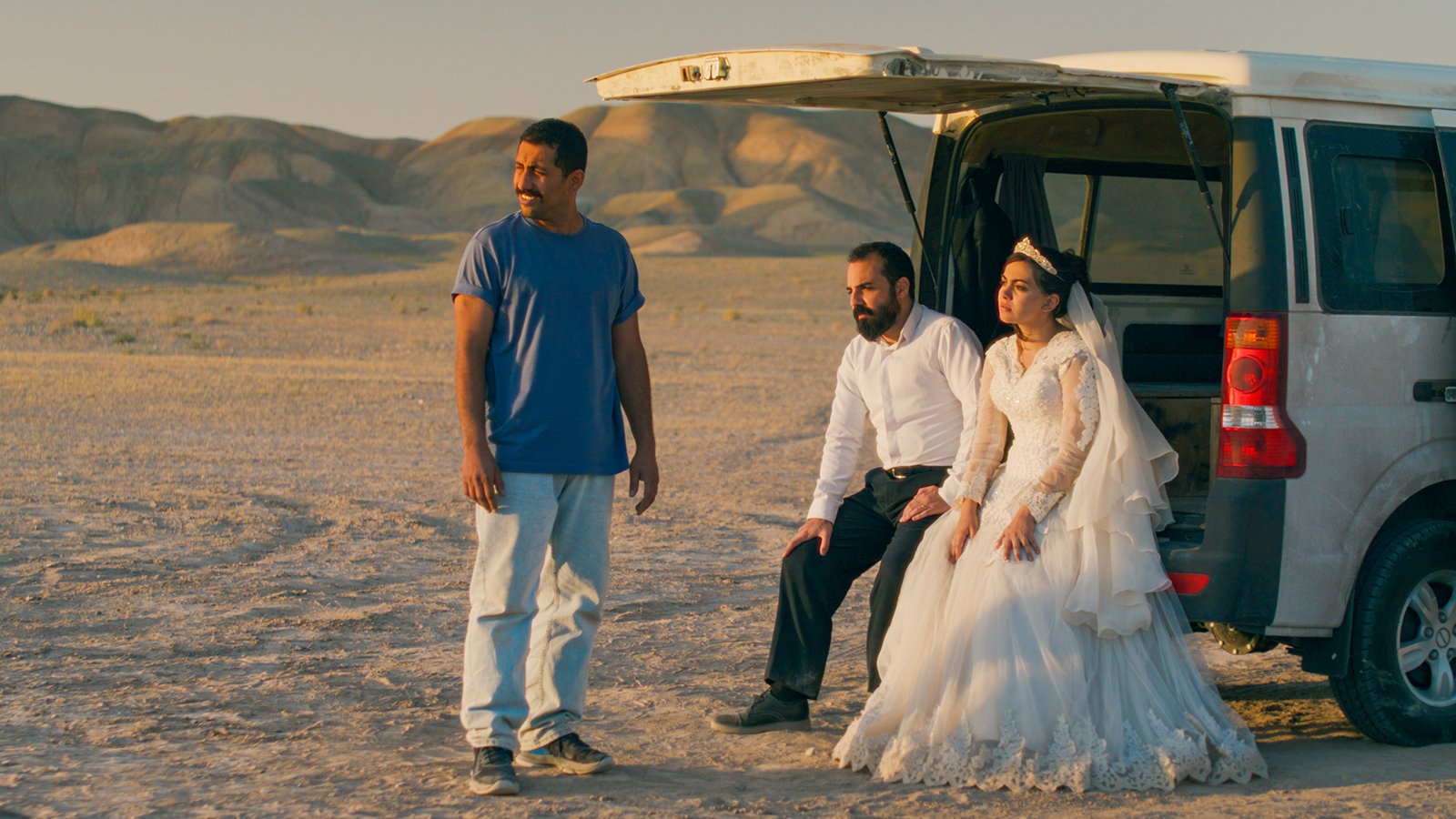



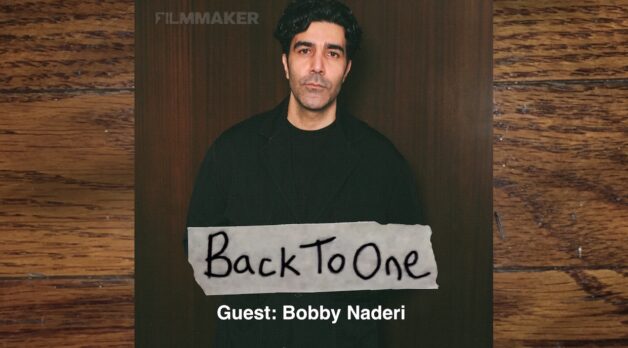

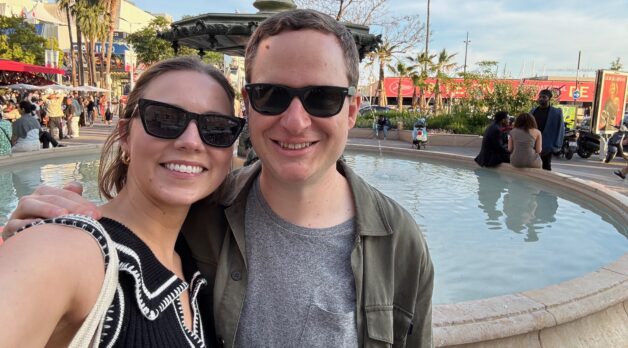





















![Chains Of Ignorance [NIGHTJOHN]](https://jonathanrosenbaum.net/wp-content/uploads/2011/04/nightjohn2.jpg)








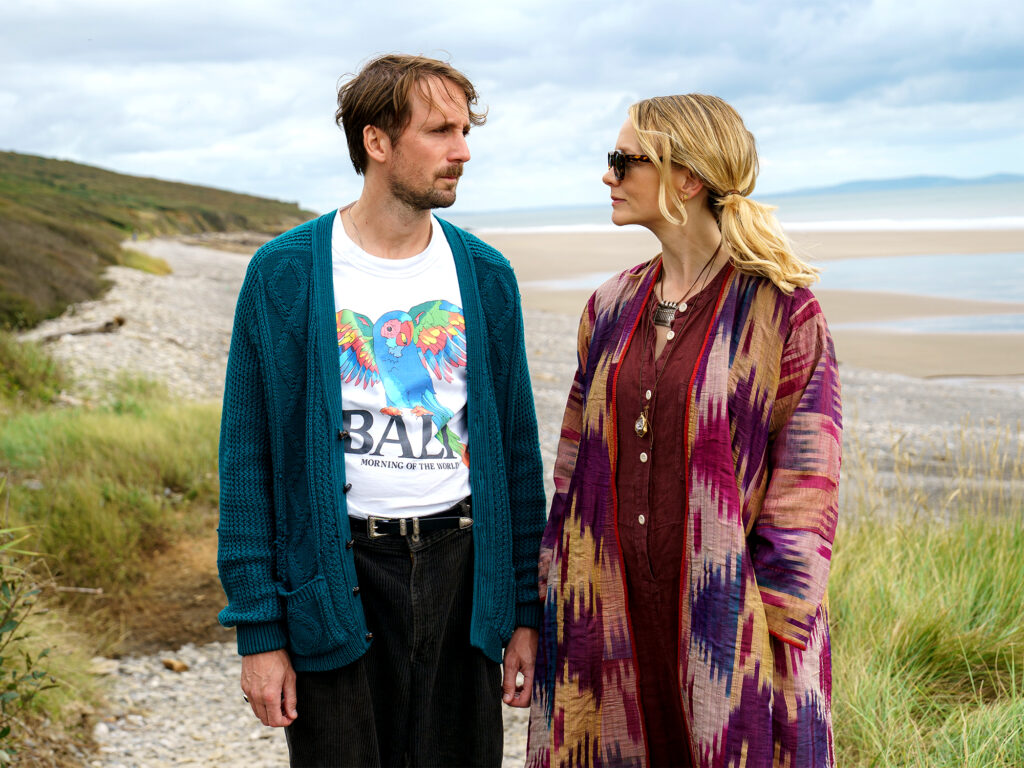


















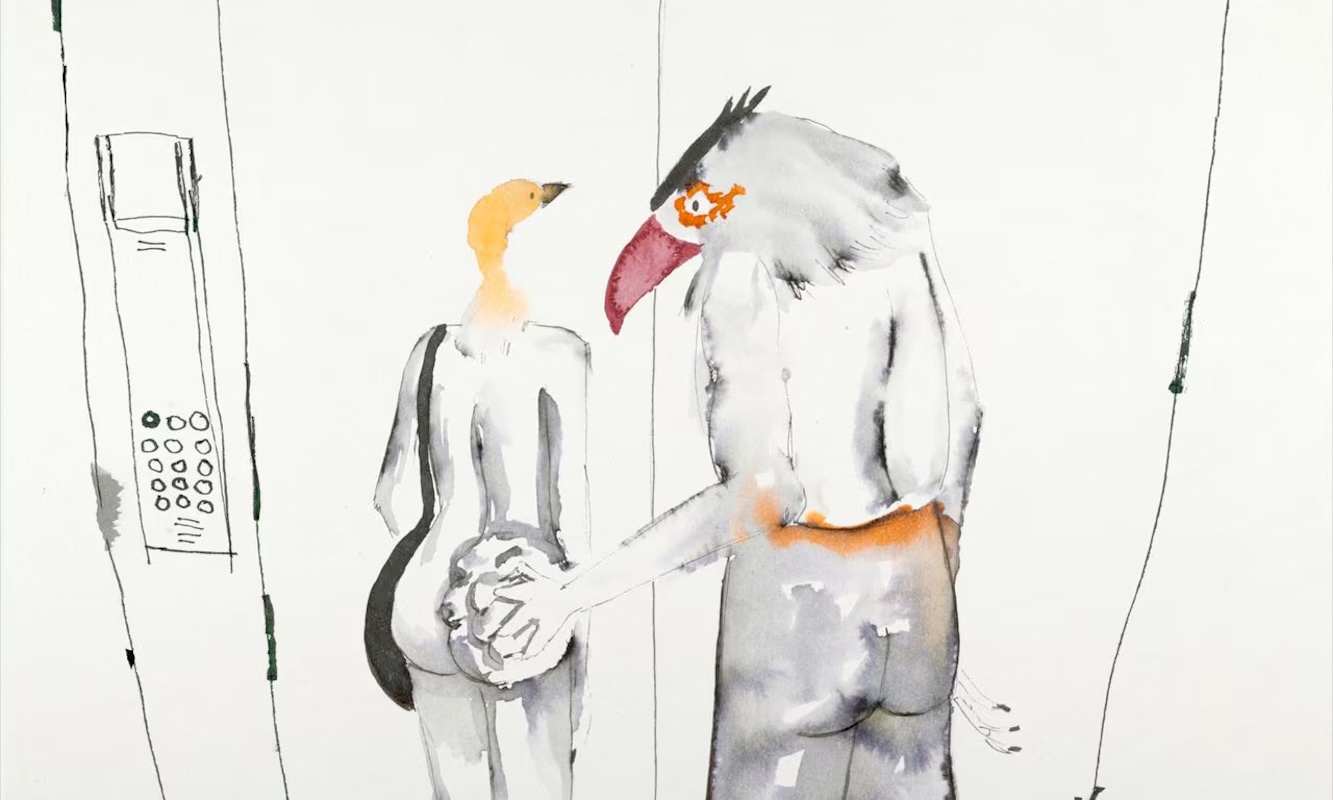
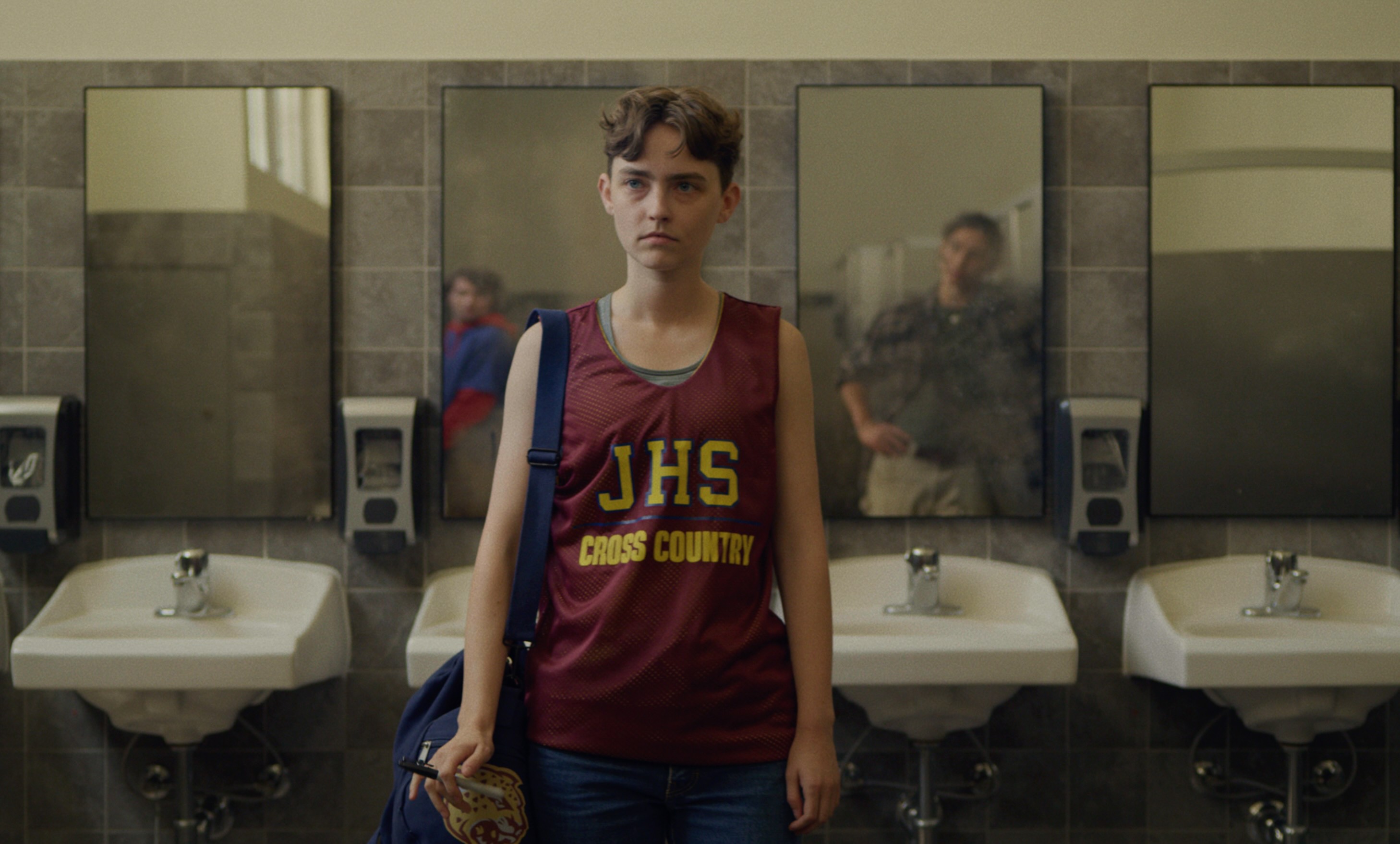

















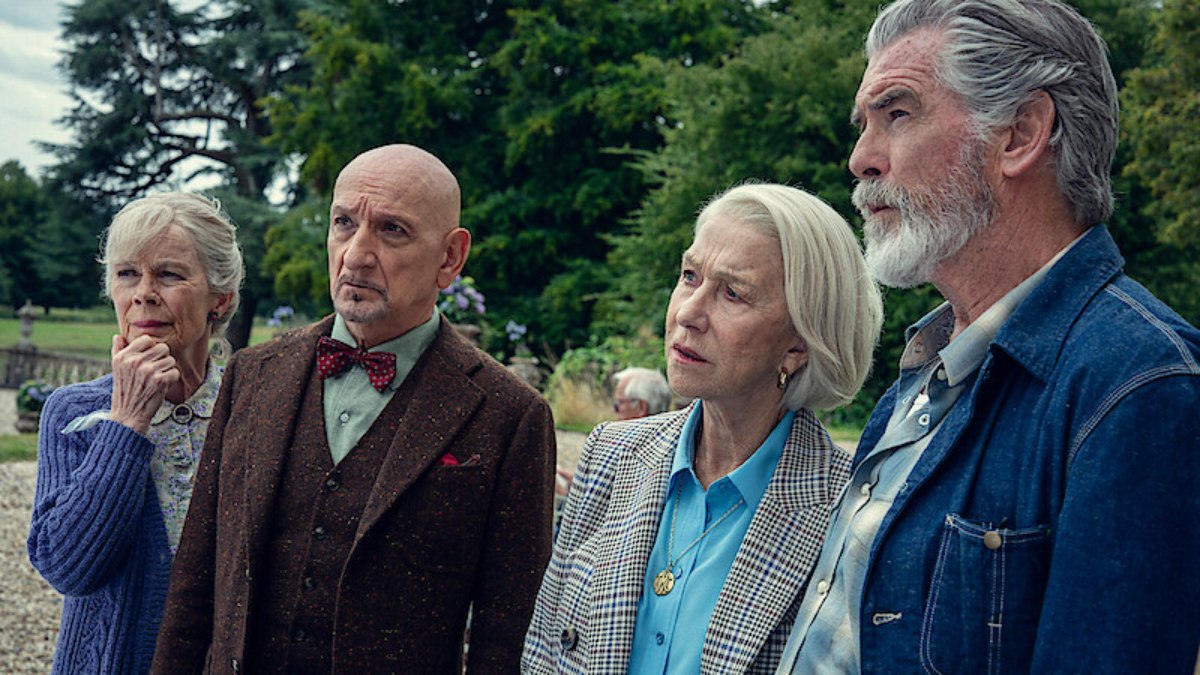












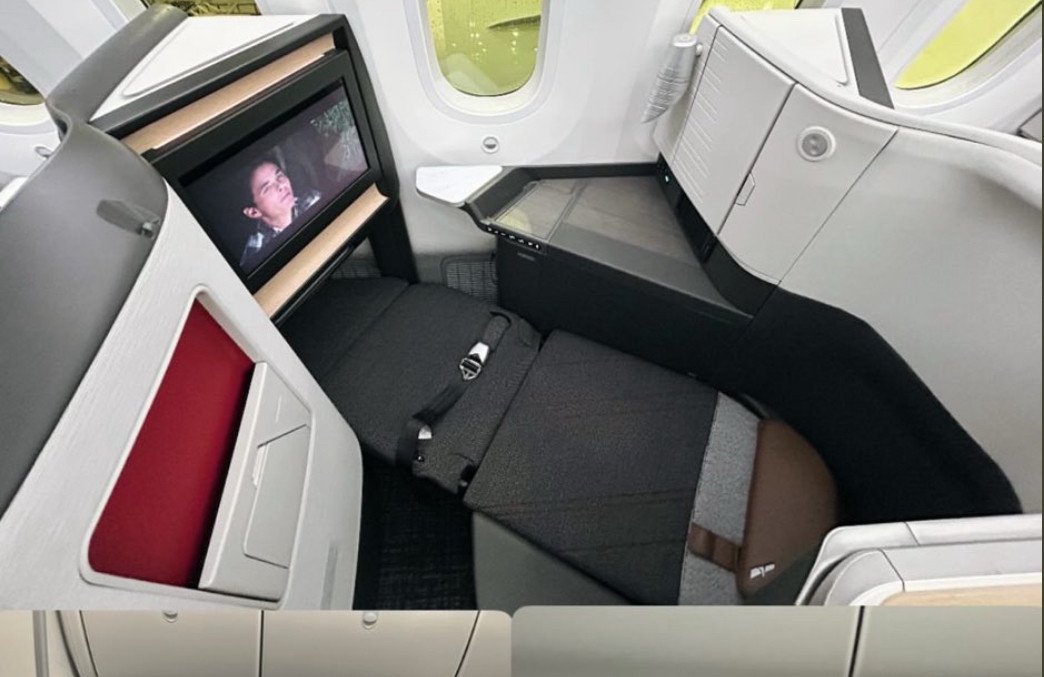




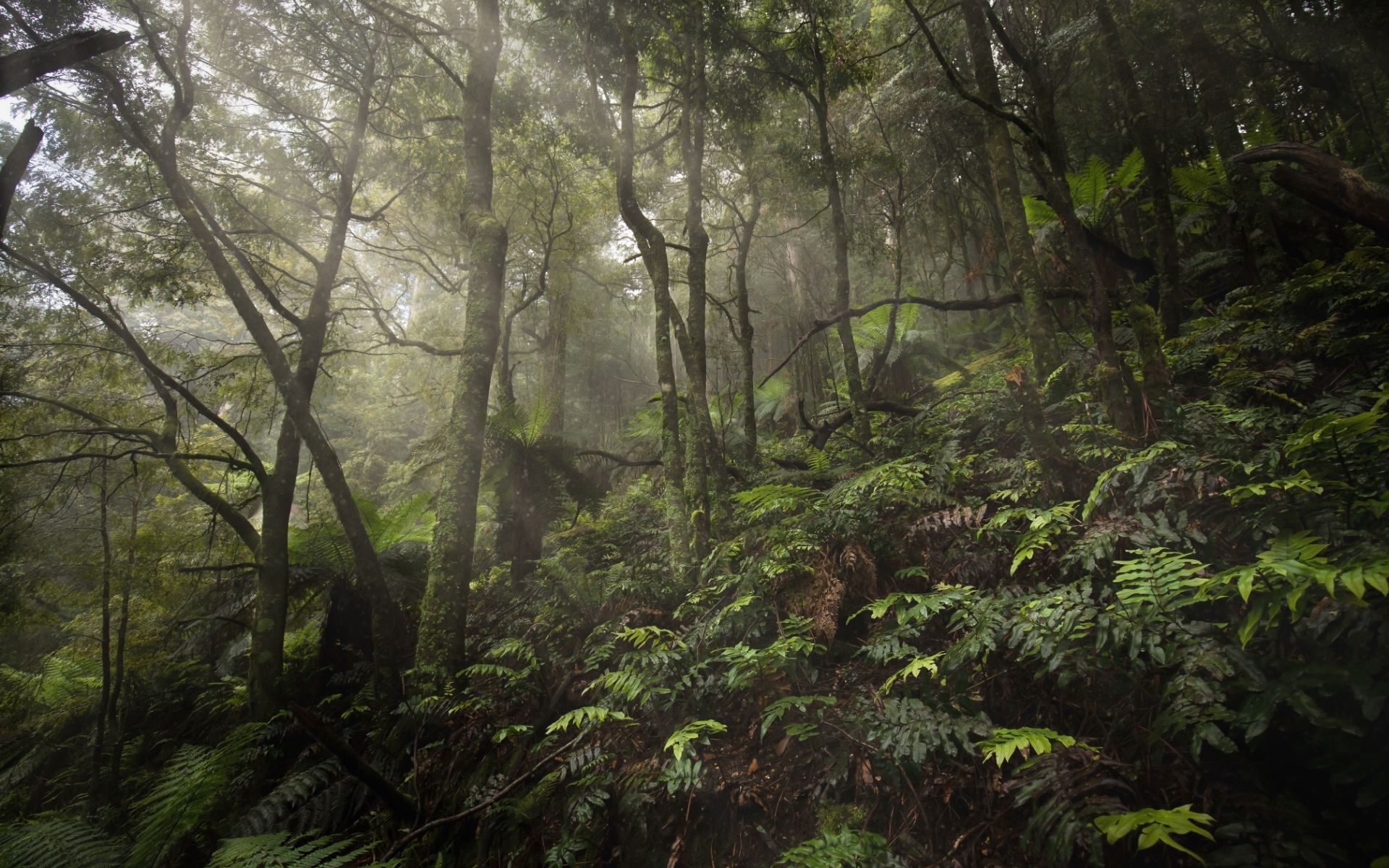
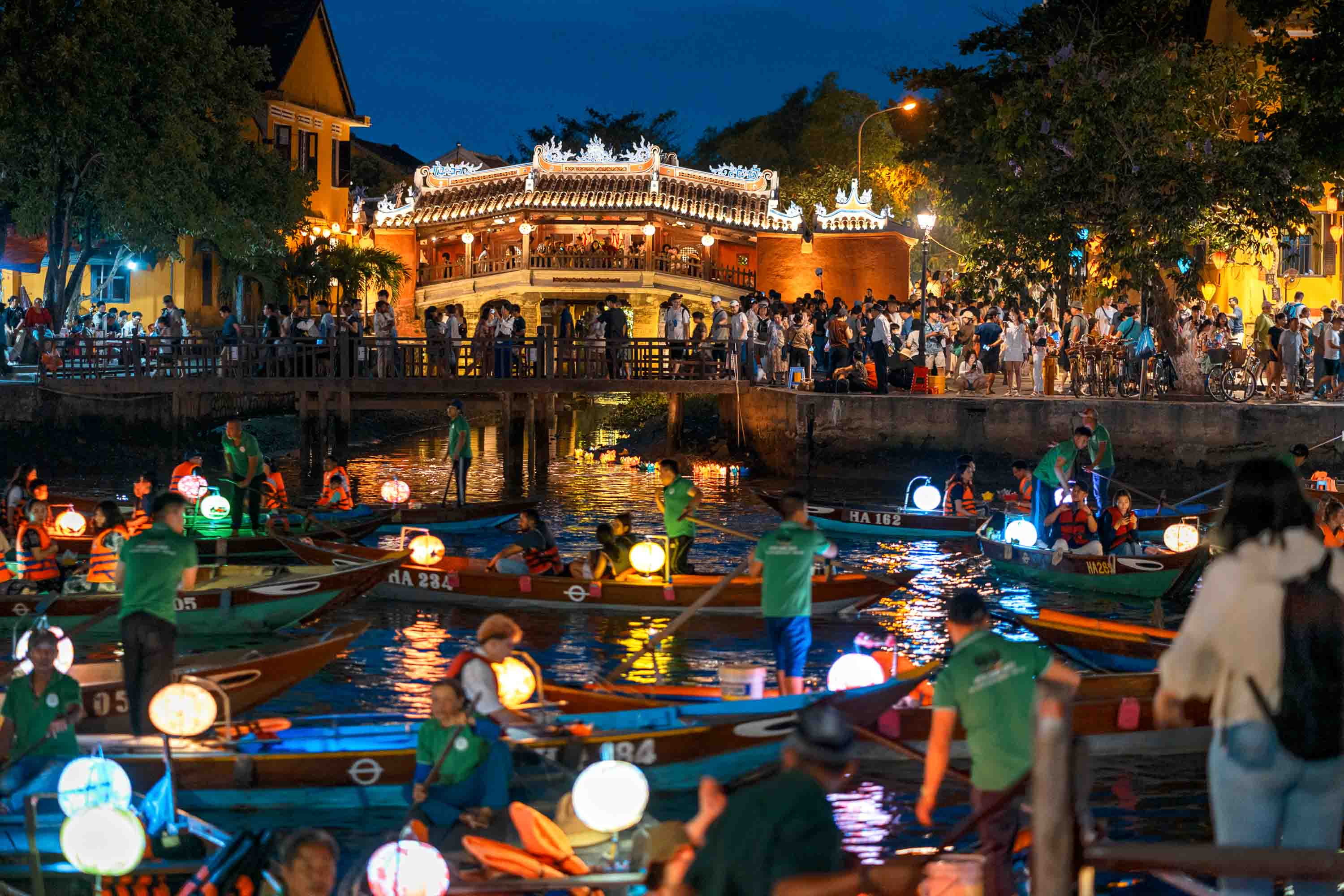




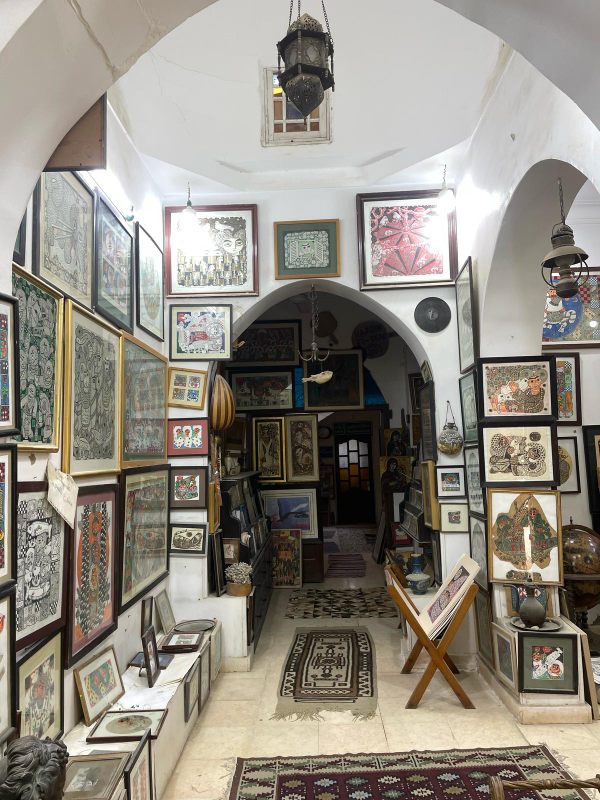



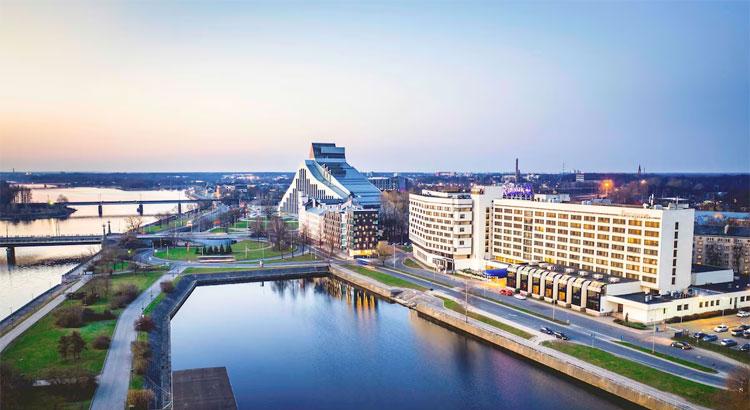






















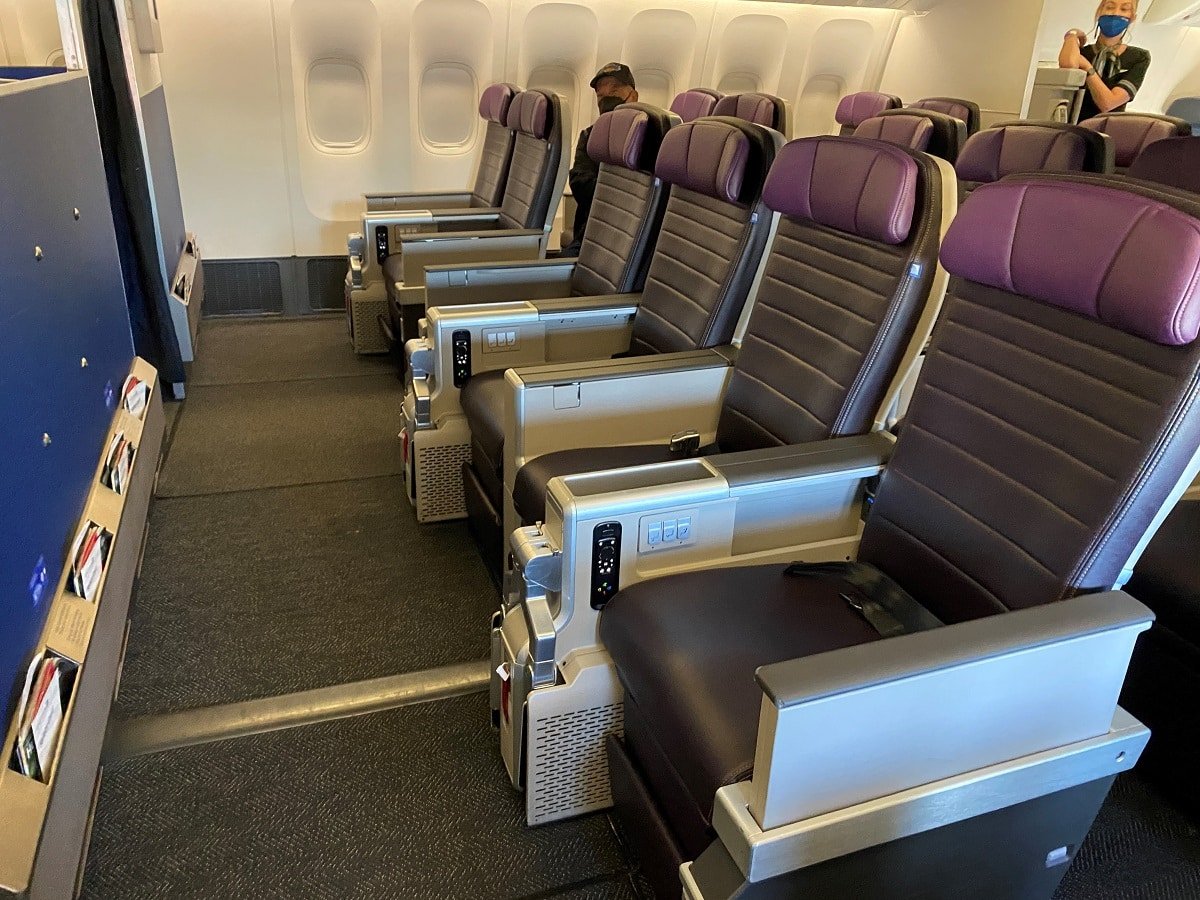
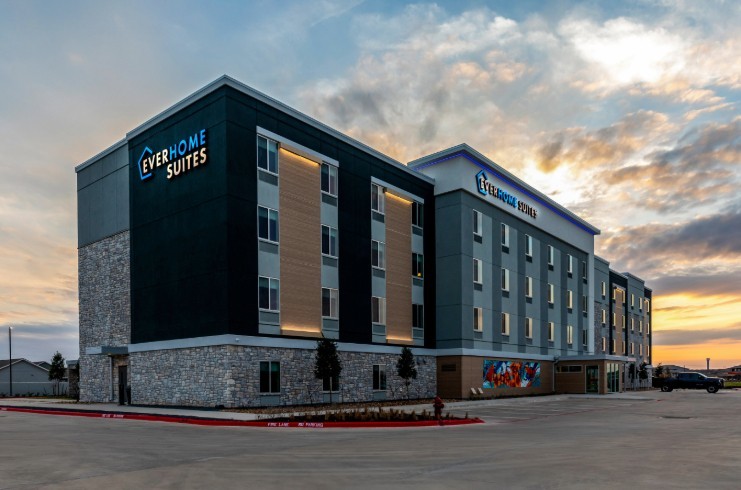

























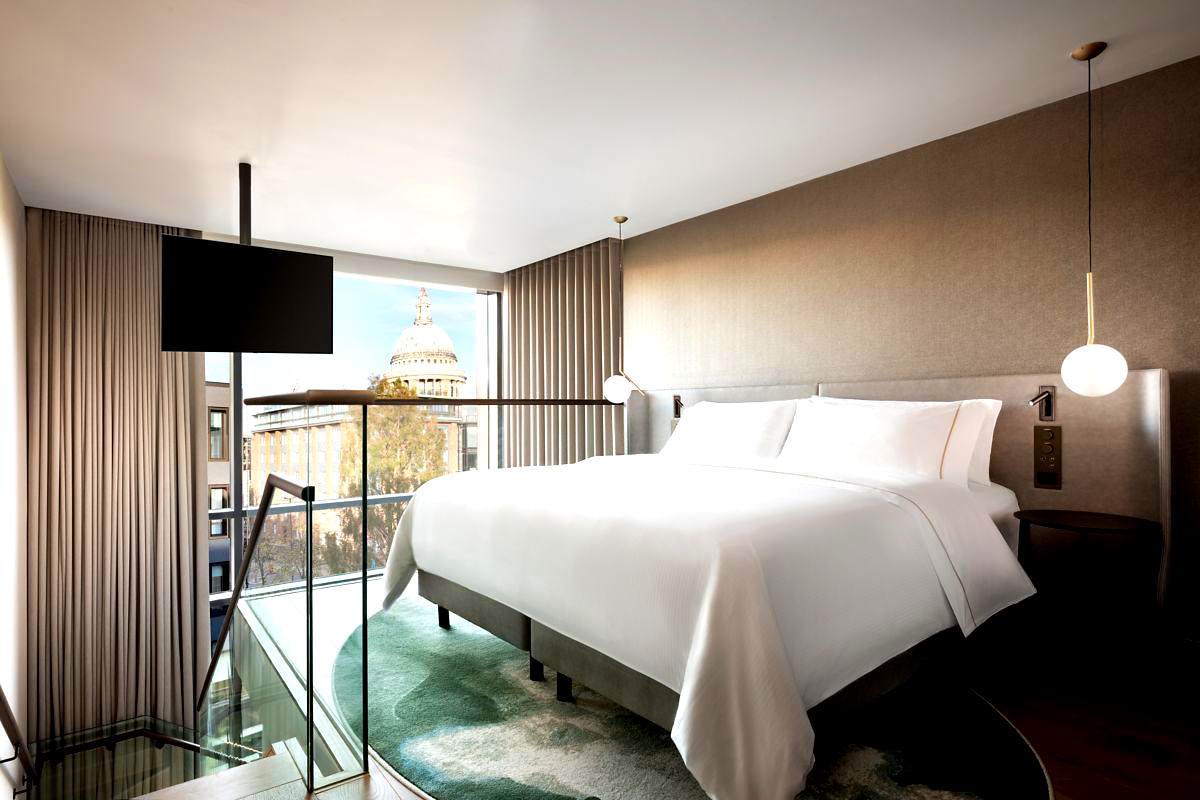



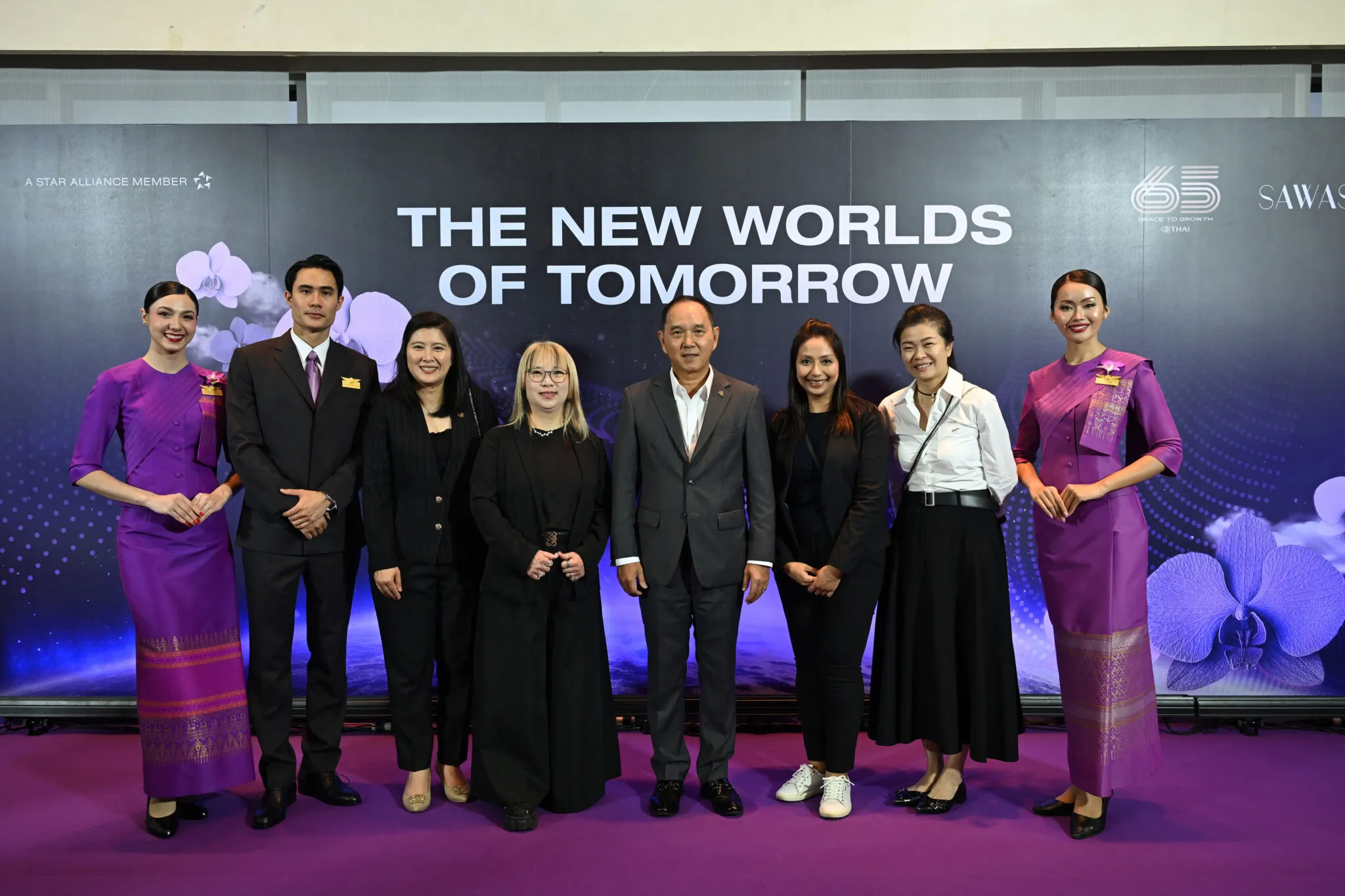








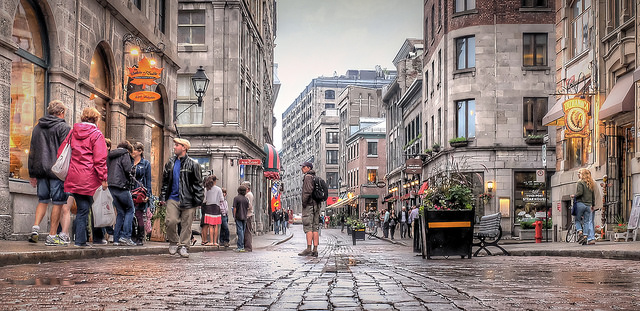
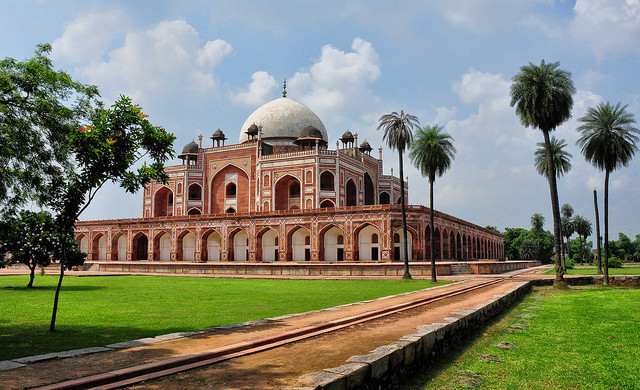



























































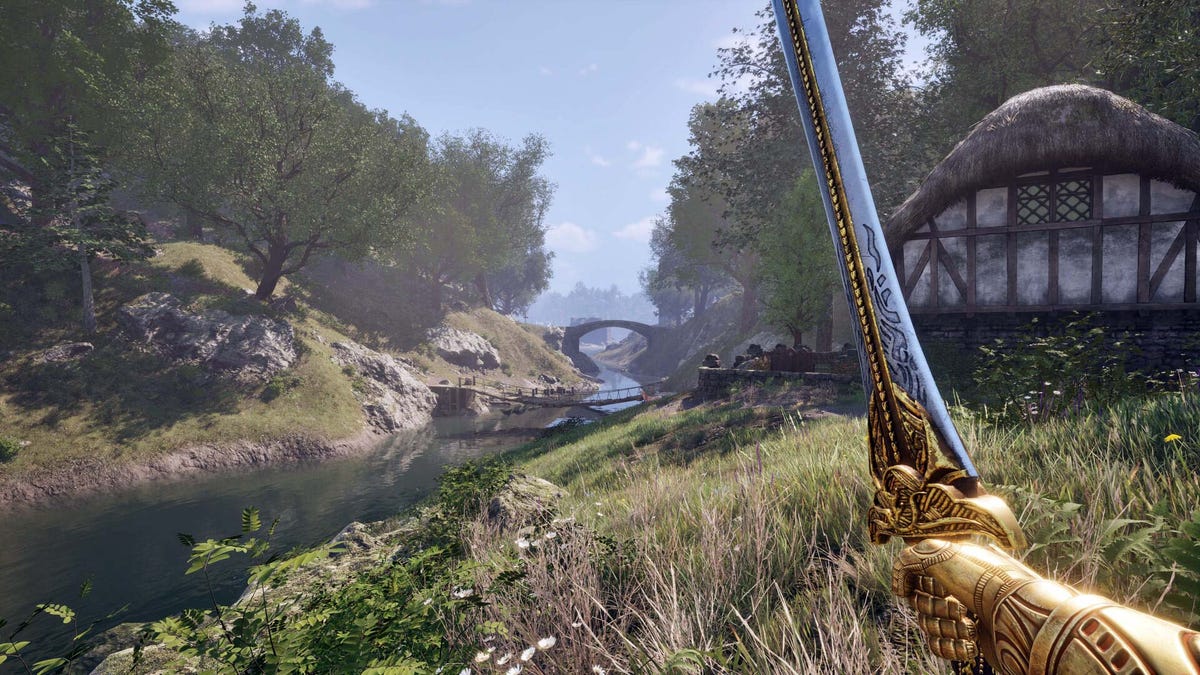

















































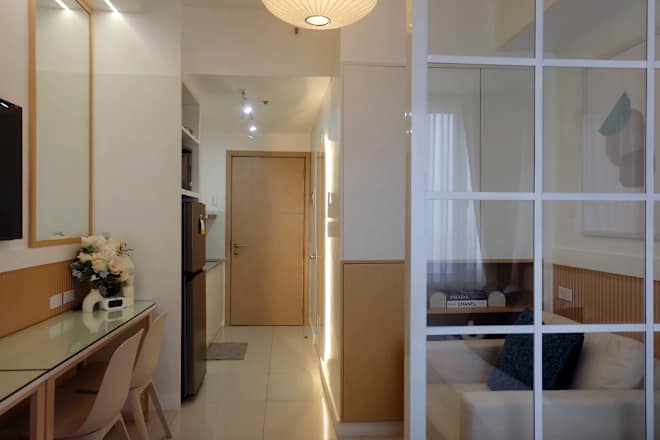























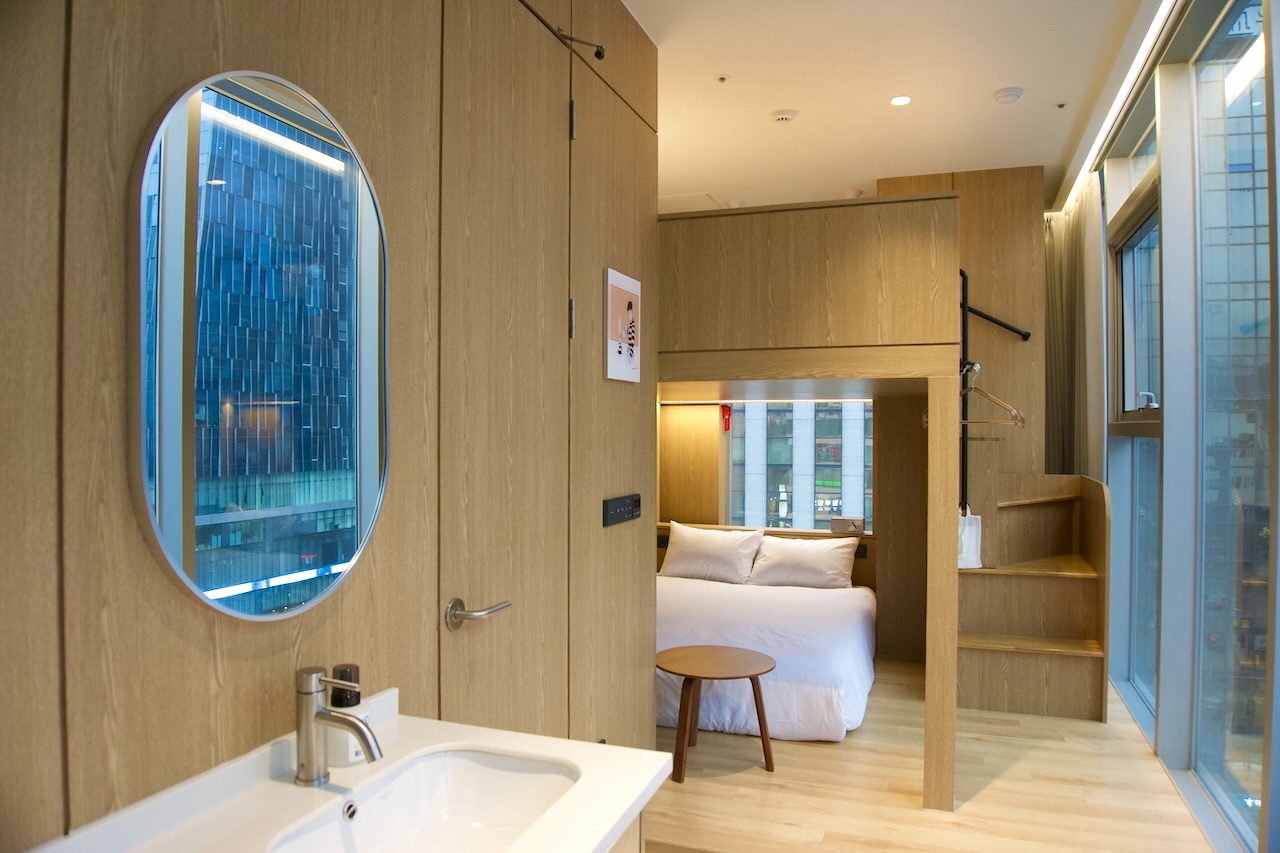























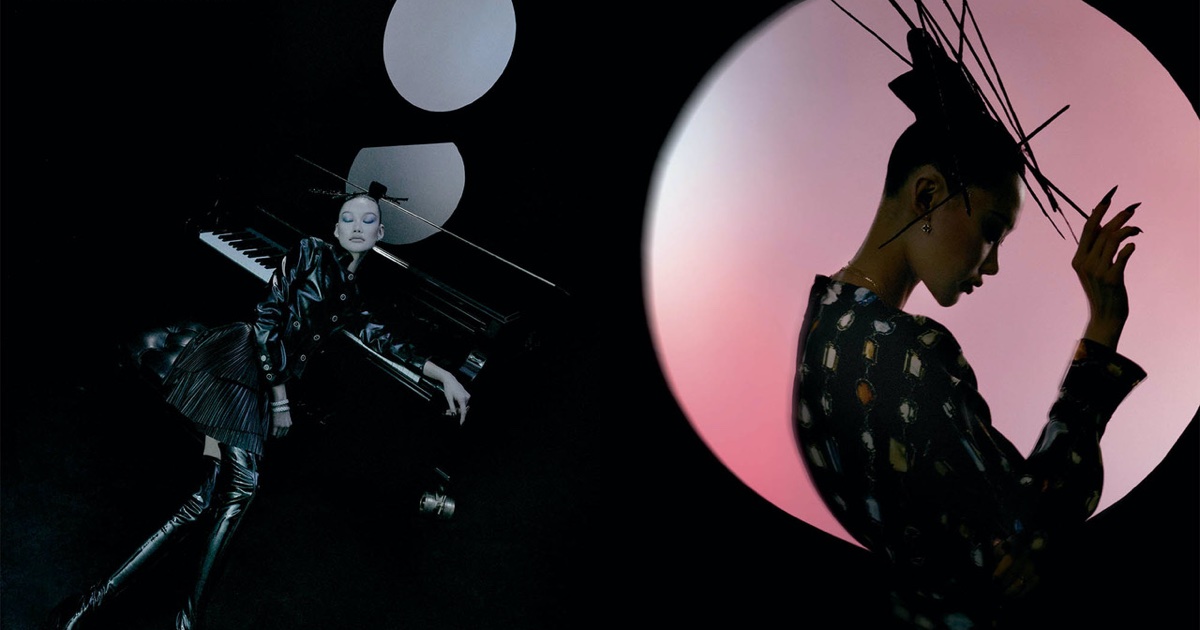



















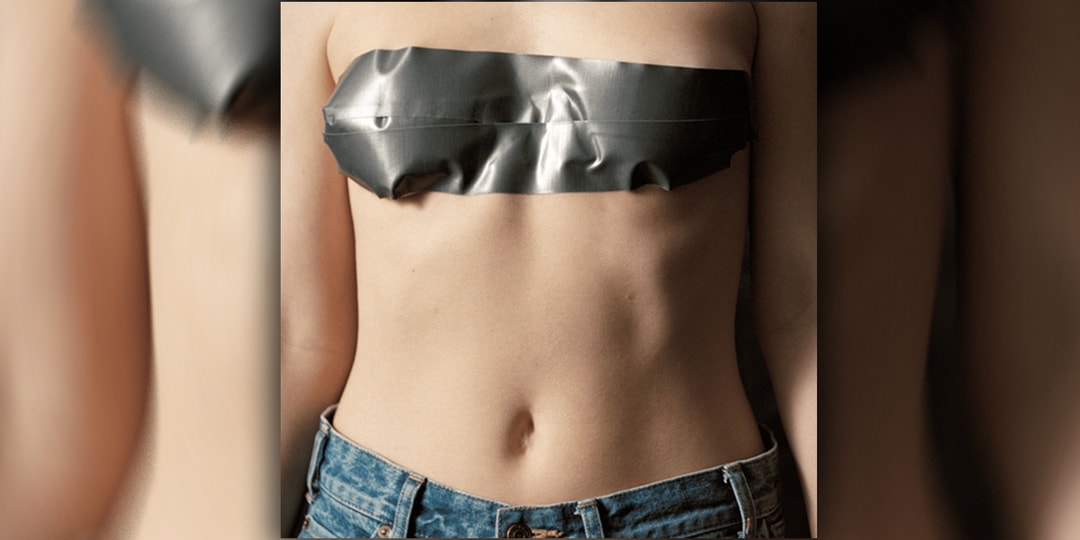



![[Podcast] Making Brands Relevant: How to Connect Culture, Creativity & Commerce with Cyril Louis](https://justcreative.com/wp-content/uploads/2025/05/cyril-lewis-podcast-29.png)



